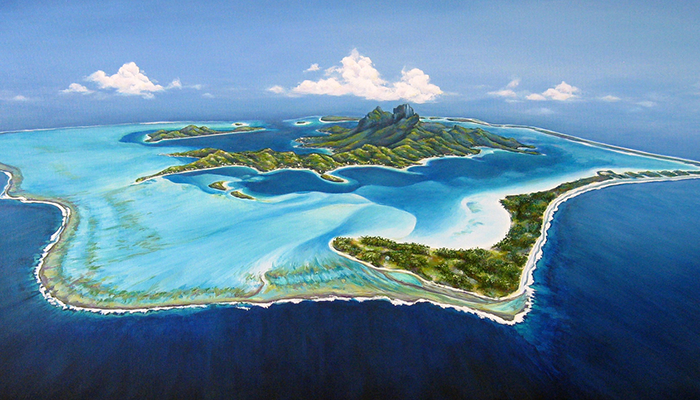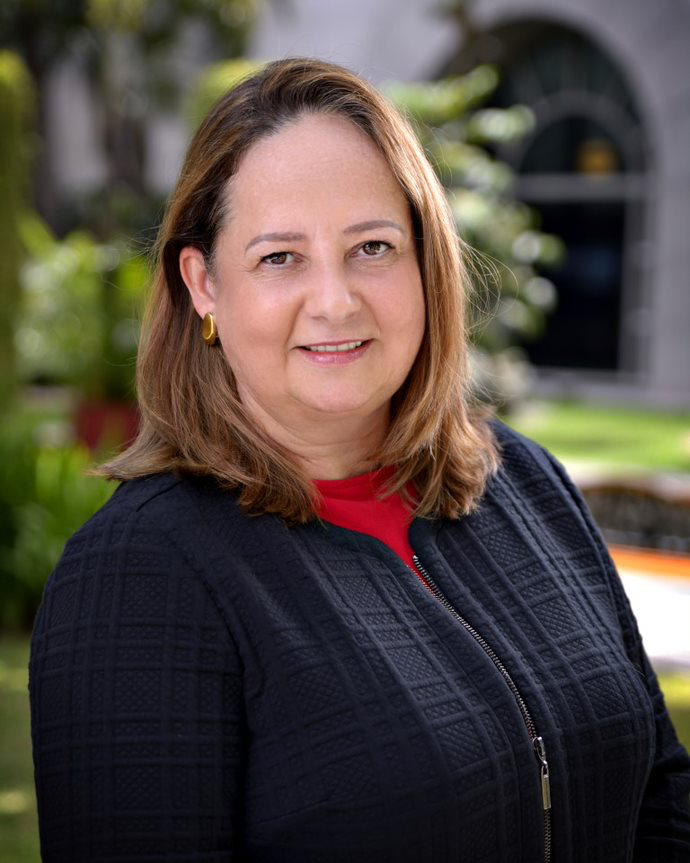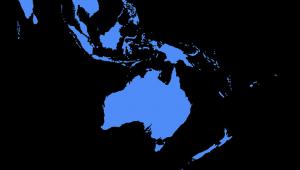The disparate nations of the Pacific are facing a huge challenge in the years ahead.
A few million people are spread across a region that span’s 15% of the earth’s surface. With fragile economies and limited resources, Pacific islanders must find a way to produce and distribute energy that is renewable, affordable and does not contribute to the climate change that is threatening their very existence.
Many Pacific island governments face strained public resources that cannot finance the development of modern renewable energy plants and facilities. As is often the case when public financing is lacking, there is an opportunity for the private sector to step in and fill the gap. This is being done to spur energy investments in many countries around Asia. However, in the Pacific, there are substantial obstacles to this approach.
Power utilities in the Pacific have traditionally been government-owned and have relied on public financing, so there is a limited track record of private sector borrowings by utilities. This makes it difficult for investors and their lenders to assess the credit risk of these utilities in power sector investments. A few utilities are in the process of being corporatised to encourage them to seek private sector financing for projects, but the process is still in a nascent phase.
Power purchase agreements – which define the long-term arrangements between the buyer and seller of an energy resource –often do not share risk equitably between the power utility and the investor, and this in turn will limit the appetite of lenders to provide long term financing for private sector power projects. There are also uncertainties about political risks and foreign currency availability, particularly in some of the smaller nations.
Traditionally, the solution to these challenges is to offer government guarantees to private investors in order to absorb some or most of the payment risk from utilities. This allows private companies to focus on service provision and efficiently operating the utility or plant. However, in the Pacific, many governments are unable or unwilling to provide these crucial guarantees to the investors they so desperately need.
In many cases, the guarantees are seen as an obligation counted toward the country’s national debt, which is already at high levels. Some countries are restricted by mandated debt ceilings that will not allow them to take on additional obligations. Others have such small energy markets that the transaction costs for establishing a guarantee product are prohibitive. In short, these nations are being denied one of the most powerful tools for developing a healthy energy sector.
'Power utilities in the Pacific have traditionally been government-owned and have relied on public financing, so there is a limited track record of private sector borrowings by utilities.'
To help address these challenges, the Asian Development Bank is working on a breakthrough initiative, called the Pacific Renewable Energy Program, that will use grant funds from donors to attract private sector investors to power projects in the Pacific. Instead of governments providing a guarantee, these donor funds will backstop a letter of credit of up to 24 months to absorb short term liquidity risk and improve the credit risk of renewable power projects without creating additional national debt obligations. The program will initially be available for solar and wind projects.
The innovative program, which has received support from donors that provide grants to Pacific nations, will provide a letter of credit to address operating liquidity issues, as well as a partial risk guarantee issued by the Asian Development Bank to address political risks and breach-of-contract risk. These instruments have the potential to turn problematic renewable energy projects into bankable options for international investors. A pilot project has been identified for the program and the financing plan is currently being defined. The letter of credit will be backstopped by the Government of New Zealand through the Ministry of Foreign Affairs and Trade.
The program could also generate a variety of positive knock-on effects, including working with domestic development banks in structuring long-term project financing and attracting new lenders to the Pacific to diversify bank resources and reduce financing costs. Due to international donor requirements, participating projects will also be requested to introduce best practice safeguards and environmental standards.
ADB will carry out due diligence on individual renewable energy projects and identify steps that can be taken in their implementation to reduce climate and geohazard threats. Projects will also be evaluated to determine where gender mainstreaming can be supported, either in the energy project itself or in associated community projects. Throughout the Pacific, women-headed households are among the poorest and most vulnerable, and would be prioritised where possible in training opportunities and capacity building activities.
Technical assistance initiatives will be available in the program to assist with streamlining power purchase agreements for equitable risk sharing. Assistance may also be provided through ADB’s public-private partnership office and the Private Sector Development Initiative in order to encourage transparent tender processes. The objective is to encourage private sector efficiencies and fair competition, which will filter through to lower power tariffs for the Pacific economies.
The Pacific region has huge potential to develop renewable energy. There is potential for solar and wind power development across the region, as well as geothermal and hydropower potential in Fiji, Papua New Guinea, Solomon Islands, and Vanuatu. Hydropower can also be further developed in the Federated States of Micronesia and Samoa.
The energy potential is there. All that is missing are bankable projects to develop it.
This blog was first published on the Asian Development Bank’s website.















